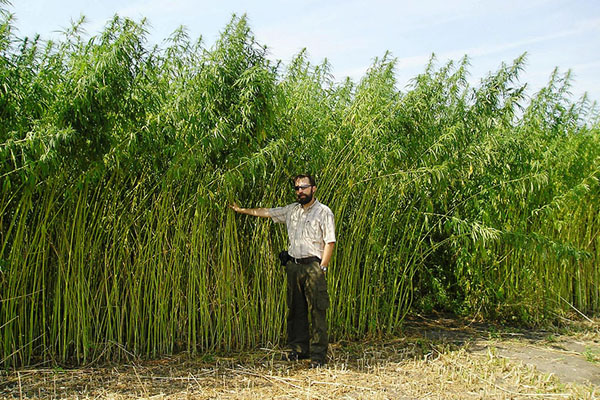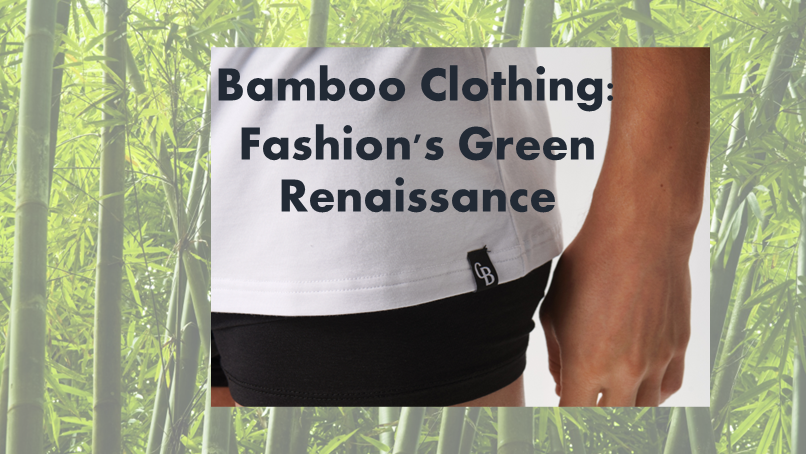Good Facts For Selecting Hemp Clothes
Wiki Article
Why Is Hemp Stronger, More Biodegradable And Regenerable Than Cotton?
Hemp, due to its natural properties and method of growing it is believed to be more durable and sustainable than cotton. Here's why- Biodegradability-
Natural Fiber - Hemp is a natural plant fibre, which is biodegradable. Fabrics and clothes made of hemp break down over time. The resulting waste is returned to the earth without any permanent effects. This is different from synthetic fibres, such as polyamide, which can decompose over the course of hundreds of years.
Hemp textiles are devoid of chemical treatments and additives that can slow biodegradability. The textiles made of cotton can be treated with synthetic chemical additives like certain finishings or dyes which can slow biodegradation.
Durability-
Hemp fibers have earned a reputation for their durability and strength. Hemp clothing and textiles are more durable to wear than cotton, which helps make they last for longer. Hemp clothing is durable and can be washed more times before they show signs of wear.
Hemp fabrics have a lower tendency to pill (the formation of a small fuzzy ball that forms on the fabric's surface) than cotton. This is a characteristic that enhances their overall quality and durability.
Regenerative Agriculture-
Soil Health Hemp cultivation can be regenerative if done sustainably. Hemp cultivating sustainably has a deep-rooted system which can prevent soil compaction. This root system also helps to prevent erosion. This regenerative aspect will leave the soil in a better state for future crops.
Low Environmental ImpactSustainable hemp cultivation techniques typically require minimal pesticide and herbicide usage, which reduces environmental harm. The cultivation of cotton, which is based on synthetic chemicals may result in soil degradation and water contamination.
Water Efficiency-
Hemp needs less water for growth than cotton. Its drought-resistant nature means it is able to thrive even with little irrigation, or even in conditions that are rain-fed. It is therefore more efficient with water especially in areas where water resources are in short supply.
Hemp can be used in systems of crop rotation to enhance soil health and lower the risk of diseases and decrease depletion. The cotton farming industry isn't as susceptible to the effects of crop rotation.
Hemp is a source of versatility. It can be utilized to make a range of items, including paper, clothing, building material, and textiles. Hemp can be grown in a variety of ways, including the sustainable and regenerative.
It's important that you know that hemp is a great product, however it could be a problem if it is not sustainable, based on the farming and processing methods. Selecting hemp products that were made using eco-friendly and ethical methods will increase its environmental benefits. Organic cotton products are an effective way to lessen the environmental impact of conventional cotton. Check out the recommended how you can help on hemp clothing for more info including hemp work pants, 100 hemp clothing, hemp polo shirts, hemp shirts wholesale, patagonia hemp work pants, hemp apparel wholesale, hemp jeans, hemp work pants, women's all seasons hemp canvas bomber hoody jacket, patagonia hemp vest and more.

What Are The Benefits Of Hemp Fibers In Terms Of Carbon Sequestration?
Hemp fibers are a sustainable choice in textile and agriculture production. They are a great option for carbon sequestration and sustainability.
Hemp develops rapidly, and can be matured between 70 and 120 days, based on the variety of hemp and its growing conditions. In order to speed up their growth hemp plants take in CO2 in the air during photosynthesis. This carbon uptake may contribute significantly to the sequestration of carbon dioxide which reduces levels of CO2 in the atmosphere.
Hemp produces lots of biomass. The tall stalks and the dense leaves of the plant produce a large amount of organic material. If it is used in the soil for a variety of reasons, it could help to increase the amount of organic carbon.
Sustainability:
Hemp is grown using less chemicals than cotton or other crops. The natural resistance of hemp reduces the requirement for chemical intervention. Organic hemp farming, in particular is a sustainable approach, eliminating synthetic chemicals completely.
Hemp has a high water efficiency, in comparison to other crops that require lots of water, such as cotton. This makes it a viable option in regions that are water-deficient.
Hemp's deep-rooted system can improve the health of the soil. The roots of Hemp can prevent erosion by stabilizing soil structure and decreasing runoff. Hemp cultivation also increases soil fertility by increasing microbial soil activity.
Hemp is an excellent crop for rotational systems. Crop Rotation is a method which involves rotating various crops within the same region. This practice can break the cycle of pests and diseases as well as reduce soil erosion and improve the soil's structure. The role of hemp in crop rotation is vital to the long-term sustainability of farming.
Rotation of the crop
Hemp can be included in system of rotation for crops alongside other crops like legumes, grains, or even vegetables. Diversification helps farmers to maintain the health of their soil and also reduce diseases and pests. It also promotes balanced nutrient cycles.
Soil Improvement- Hemp's deep roots are able to penetrate and aerate soil which reduces compaction and increases water infiltration. A better soil structure can be a benefit to subsequent crops after hemp.
Summary Hemp fibers can are beneficial to soil quality, they are compatible with crop rotation and improve the carbon sequestration process and sustainability. They accomplish this by the rapid growth of biomass, a low use of chemicals as well as their water efficiency and compatibility with crop rotation systems. The hemp fibers produced by this environmentally sustainable and regenerative farming technique are an excellent choice for textiles. Follow the top rated hemp clothes for blog examples including hemp work pants, patagonia hemp work pants, hemp pants, patagonia volley shorts, hemp golf shirts, patagonia work pants hemp, hemp coat, patagonia hemp shorts, hemp swimsuit, patagonia work pants hemp and more.

What Are The Advantages Of Wearing Bamboo Clothing To Ensure Comfort And The Environment.
Bamboo clothing offers several advantages when it comes to both environmental sustainability and comfort.
Bamboo fabric is known for its softness. It is silky and smooth to touch, making it a comfortable skin. Bamboo clothing is popular for its luxurious softness, which makes it an ideal choice for activewear, loungewear and intimate clothes.
Breathability- Bamboo fibers naturally breathable and moisture wicking. Micro-gaps allow for air circulation, which helps keep your body cool during hot weather. Moisture wicking aids in drawing sweat off the skin.
Thermoregulation- Bamboo clothing is a great source of great thermoregulatory qualities. Bamboo clothing can help keep you warm in cooler temperatures by trapping warmth close to your body. It can also help you stay cool in hot weather by allowing excess water and heat to escape. Bamboo clothing is appropriate to wear throughout the year since it is adaptable to different temperatures.
Hypoallergenic- Bamboo fabric is hypoallergenic and soft for sensitive skin. It will not trigger allergies or irritation. This makes it a suitable option for those with skin sensitivities or allergies.
Odor resistance Bamboo fibers are naturally antimicrobial properties that can help inhibit the growth of bacteria that cause odor. This feature helps bamboo clothing keep fresh and clean after physical activity.
Environment-
Sustainability- Bamboo can be a sustainable and renewable resource. It is among the fastest-growing species and requires very little water. No pesticides, herbicides or other chemicals are needed to cultivate it. Bamboo is able to be harvested without damage to the plant since the roots rejuvenate.
Low Water Usage- Bamboo is inherently water-efficient. Bamboo can withstand the rigors of a small amount of water and can grow with only rainwater.
Biodegradability Bamboo clothing decomposes naturally when disposed of. This feature reduces the quantity in landfills of nonbiodegradable fabrics.
Carbon Sequestration. Bamboo plants are able to sequester carbon dioxide out of the atmosphere as they expand quickly. Bamboo cultivation is a carbon sink that could help in mitigating climate change by reducing greenhouse gas emissions.
Chemical Reduction - The manufacturing and processing of bamboo textiles generally requires less chemicals than other textiles. This reduces the environmental impact that manufacturing textiles is a contributor to.
Closed-Loop Production- Certain bamboo fabric production processes use closed loop systems that recycle and reuse water as well as chemicals, thus reducing waste and pollution.
It's important to note that the impact on the environment of bamboo clothing may differ dependent on the specific manufacturing process used and whether the bamboo utilized for manufacturing is harvested from sustainable and ethically managed bamboo forests. Bamboo clothing that is produced using eco-friendly practices will provide the most environmental benefits. See the top rated bamboo clothing tips for site examples including boody bamboo underwear, bamboo viscose pajamas, bamboo tee shirts, childrens bamboo socks, bamboo pants mens, bamboo hoodie women's, men bamboo boxer shorts, bamboo tee shirts mens, bamboo tee shirts, bamboo family pajamas and more.
